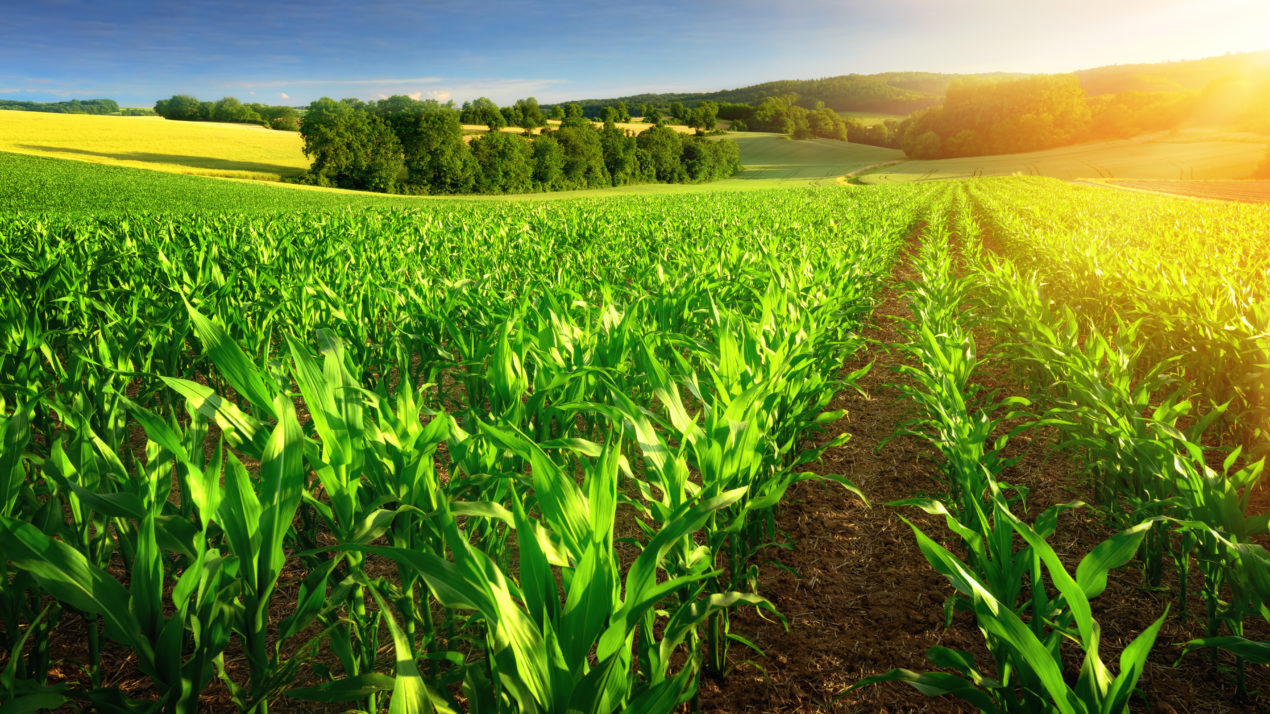
By Dr. Paul Mitchell
As part of the 2018 Farm Bill, each year farmers can make a decision with regard to the commodity support programs ARC (Agriculture Risk Coverage) and PLC (Price Loss Coverage). For the 2021 crop year, sign up is currently ongoing, with the March 15, 2021 deadline rapidly approaching.
“The decision this year is clear and recommendations are provided based on commodity prices and program details,” said Paul Mitchell, University of Wisconsin-Madison Ag & Applied Economics Professor and Extension Specialist. “If you have not already visited your local Farm Service Agency (FSA) county office to make your election for either the Agriculture Risk Coverage (ARC) or the Price Loss Coverage (PLC) program and to sign your annual enrollment contract, you should call and make your appointment now.”
How ARC and PLC Work
PLC creates a price floor at the national level, trigging payments if the national marketing year average price is less than the reference price for a crop. PLC reference prices are $3.70 for corn, $8.40 for soybeans, $5.50 for wheat, and $2.40 for oats. If a PLC payment is triggered, the payment is the farm’s PLC yield multiplied by the price loss multiplied by 85% of the farm’s base acres.
ARC-CO (County ARC) creates a revenue guarantee for each crop at the county level based on historical county yields and national prices using a detailed formula. If actual county revenue falls below the guarantee, ARC payments equal the revenue loss multiplied by 85% of the farm’s base acres. The ARC-CO revenue guarantee is updated annually for each county. Local FSA offices have the revenue guarantees for each crop in your county.
Crop-Specific Recommendations
Farmers can choose ARC-CO or PLC separately for each FSA farm and crop. For example, one of your farms can use PLC for soybeans and another can use ARC-CO. The crop-specific recommendations below are based on comparing projected prices for the 2021 crop to the PLC reference price and simulations using the ARC/PLC Payment Calculator https://fd-tools.ncsa.illinois.edu/ developed by the University of Illinois. A video on the Resources page further explains the logic for these recommendations based on the historical and projected crop prices and the PLC reference prices. Based on this information, the following recommendations are suggested for the major crops of corn, soybeans, and small grains. For corn it is recommended to choose PLC, for soybeans ARC, for wheat, barley, grain sorghum and sunflowers choose PLC and for oats choose ARC. For more details and information visit Markets & Policy on the UW-Madison Division of Extension Farm Management website at farms.extension.wisc.edu.
These program payments are not guaranteed but depend on the weighted average of national prices for farmers through the entire marketing year. The corn and soybean marketing year does not end until Aug. 31, 2022, so these payments, if triggered, would not be paid until Sept./Oct. of 2022. For more details and information visit farms.extension.wisc.edu.
Crop Insurance, SCO, and ARC versus PLC
These programs have some overlap with crop insurance, but Mitchell recommends making program decisions separate from crop insurance decisions, as they use different acreages, prices and yields. Crop insurance uses actual planted acres and includes prevented plant coverage, while these programs make payments using base acres. Crop insurance uses current expected market prices, while these programs use average historical prices or pre-set reference prices that can be well above or well below actual crop values. Lastly, these programs use fixed PLC yields or county yields, while crop insurance uses actual farm yields. Mitchell noted that the only exception is if a farmer plans to buy SCO (Supplemental Coverage Option) as part of their crop insurance coverage, which means they must choose PLC for the insured crop.
SCO is an add-on to crop insurance that covers part of the “deducible”. For example, if a farmer buys Revenue Protection (RP) with a 75% coverage level, the farmer pays the first 25% of losses below their expected revenue as a deductible. SCO allows a farm to cover part of this deductible using a county policy, with coverage up to 86% of expected revenue. Farmers already buying RP with an 85% coverage level may find adding SCO offers similar coverage at lower cost if they reduce their RP coverage level. However, few Wisconsin farmers use 85% coverage for their RP policy – only 5%-6% of all insured corn and soybean acres in the state in 2019. In terms of crop-specific recommendations, the few corn and soybean farmers who buy RP with an 85% coverage level may want also choose PLC for their soybeans (not just their corn) and then consider buying SCO and reducing their RP coverage level slightly. Mitchell said he generally does not recommend buying RP with an 85% coverage level, as most Wisconsin farmers find RP with a 70% to 80% coverage level the most cost-effective option. However, interested farmers should discuss SCO with their crop insurance agent.

